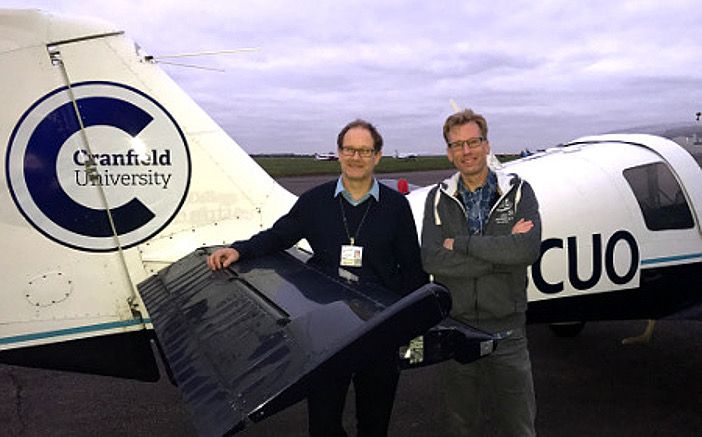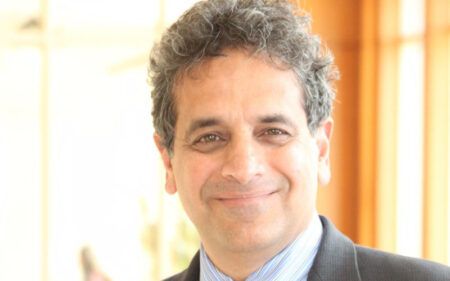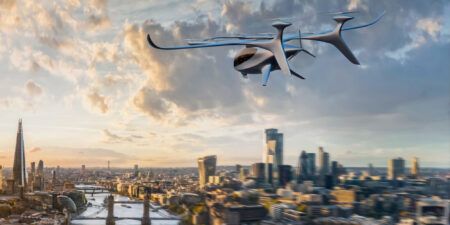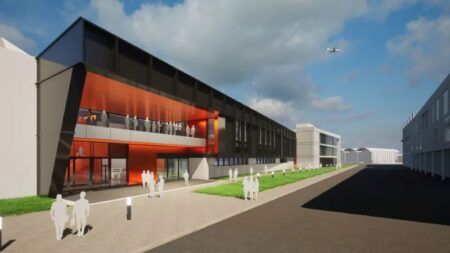Professor Nick Lawson and Dr Eric Groen
My research focuses on improving aerospace simulator technologies so they can reproduce the unusual flight conditions that may lead to loss of control in flight (LOC-I) when managed inappropriately.
Airplane upsets, such as an aerodynamic stall, can be very startling to flight crews, because of their infrequent occurrence and the difficulty of practicing them in a simulator. Another example that can lead to loss of control in flight is degraded visual environments, which can cause spatial disorientation in pilots.
For many years I have been carrying out this research at the Dutch research institute TNO (Toegepast Natuurwetenschappelijk Onderzoek), in close collaboration with the Royal Netherlands Air Force, aircraft manufacturers and airlines.
This year I have been invited to provide lectures on pilot spatial disorientation and upset recovery at Cranfield University in the UK, for students on the Air Accident Investigation course. I’m also working with Professor Nick Lawson, the head of the National Flying Laboratory Centre, as a visiting professor at Cranfield University.
I became interested in simulating these types of situations when I realized that human performance limitations are not always properly addressed during pilot training. A key reason for this is that common flight simulators are not able to reproduce the physical stressors to which pilots are exposed in real-life flights such as g-forces.
As a consequence, most pilots learn about human factors issues through textbooks, without the opportunity to actually experience the effects. At TNO, we have shown that the use of alternative training technologies, from a simple rotation chair to the latest centrifuge-based flight simulators, can greatly improve the pilots’ understanding of their own response to spatial disorientation.
However, the aviation industry does not always have the required R&D capabilities – research organizations with adequate expertise and facilities, such as TNO and Cranfield University, can play an important role in investigating new simulator technologies.
My background is in human physiology. I received my PhD for research into the Space Adaptation Syndrome (SAS) in astronauts. SAS occurs during the first days in weightlessness, because of the altered stimulation of the vestibular system, the organ of balance in the inner ear.
After my PhD, I started studying spatial disorientation in pilots, which is also related to unusual stimulation of the vestibular system. My research helped to develop spatial disorientation training programs in specialized training devices, such as the Desdemona simulator.
Another of my recent research projects is SUPRA (Simulation of Upset Recovery in Aviation). In this €4m (US$5) project, funded by the European Commission, we developed a unique and advanced aerodynamic model to reproduce the unstable behaviour of transport aircrafts at high angle of attack. Implemented in a flight simulator, this model enables pilots to practice upset recoveries which would be too risky in real flight.
A recent visit to Cranfield University was related to a PhD research project I supervise in collaboration with Delft University of Technology. The project is named ‘Startle and surprise management in the cockpit’ and is being performed by PhD student Annemarie Landman. Together with Nick Lawson and flight instructor Richard Rogers, we prepared an inflight study on spatial disorientation, or ‘the Leans’.
Spatial disorientation is one of the factors that can take pilots by surprise. The results of this study will be used to validate TNO’s Spatial Disorientation Identification Tool, which is a mathematical model based on human motion perception that predicts the likelihood of spatial disorientation in certain flight conditions. This tool supports air accident investigators to determine the possible role of spatial disorientation from recorded flight data.
This type of human factors research contributes to developing a better understanding of a pilot’s response to unusual flight conditions, which is important to improve training programs.
The topic is high on the political agenda as aviation authorities are introducing new rules for Upset Prevention and Recovery Training. The European Aviation Safety Agency has published a set of requirements to update crew resource management training to include the training of startle and surprise.
I’m hopeful that our research may help the industry to find effective ways to comply with these rules.
January 29, 2018





